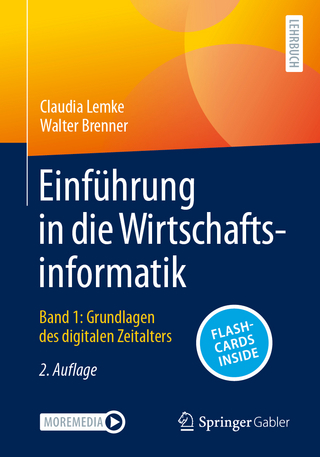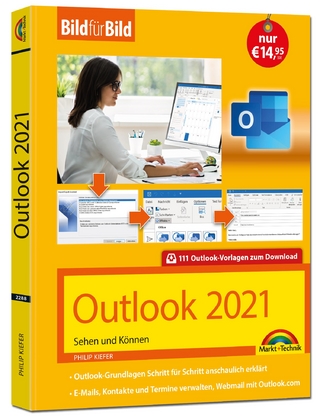
How Information Systems Can Help in Alarm/Alert Detection
ISTE Press Ltd - Elsevier Inc (Verlag)
978-1-78548-302-8 (ISBN)
The prediction of natural disasters (floods, avalanches, etc.), health surveillance (affectionate fevers of cattle, pollution by pesticides, etc.), air, sea and land transport, or space surveillance to prevent Risks of collisions between orbital objects involve more and more actors within Information Systems, one of whose purposes is the dissemination of alerts. By expanding the capabilities and functionality of such national or international systems, social networks are playing a growing role in dissemination and sharing, eg. with the support of systems like the Google Alert (https://www.google.fr/alerts) which concerns the publication of contents online. Recently, the Twitter microblogging platform announced a broadcast service, designed to help government organizations with alerts to the public. The proper functioning of such systems depends on fundamental properties such as resilience, liveliness and responsiveness: any alert must absolutely reach the right recipient at the right time and in the right place, while remaining relevant to him, despite the various constraints. on the one hand to external events, such as hardware failures, connection faults, breaks in communication channels, on the other hand to confidentiality, such as the collection and use of personal data (with or without the consent of the user), or the disparity of access policies (generation according to industrial, technological, security constraints, management of internal / external policies, etc.) between actors. This book opens the discussion on the "procrastination", the dynamics and the reactivity of the alert systems, but also the problems of confidentiality, filtering of information, and the means of distinguishing information and rumor.
Florence Sèdes is a Professor of Computer Science at Paul Sabatier University, Toulouse, France. Her research focuses on data science, and she has published many books and articles and advised more than 30 PhDs. She leads various international, European and national projects on personal (meta)data privacy and management with applications to deep/machine learning for alert, spam and rumor detection, social emotion and interaction
1. Predicting Alarms through Big Data Analytics: Feedback from Industry Pilots 2. Mobility and Prediction: An Asset for Crisis Management 3. Smartphone Applications: A Means to Promote Emergency Management in France? 4. Mobiquitous Systems Applied to Earthquake Monitoring: The SISMAPP Project 5. Information Systems for Supporting Strategic Decisions and Alerts in Pharmacovigilance 6. An Ontologically-based Trajectory Modeling Approach for an Early Warning System 7. Toward a Modeling of Population Behaviors in Crisis Situations 8. Online Social Network Phenomena: Buzz, Rumor and Spam 9. How Can Computer Tools Improve Early Warnings for Wildlife Diseases?
| Erscheinungsdatum | 17.11.2018 |
|---|---|
| Sprache | englisch |
| Maße | 152 x 229 mm |
| Gewicht | 570 g |
| Themenwelt | Informatik ► Office Programme ► Outlook |
| Wirtschaft ► Betriebswirtschaft / Management | |
| ISBN-10 | 1-78548-302-1 / 1785483021 |
| ISBN-13 | 978-1-78548-302-8 / 9781785483028 |
| Zustand | Neuware |
| Informationen gemäß Produktsicherheitsverordnung (GPSR) | |
| Haben Sie eine Frage zum Produkt? |
aus dem Bereich


